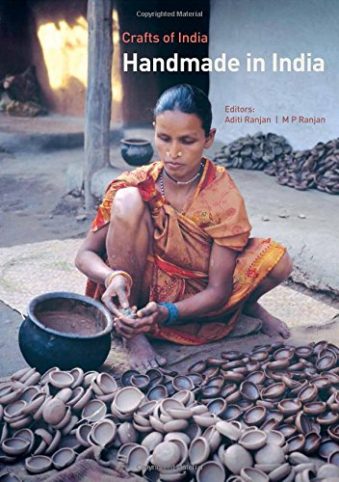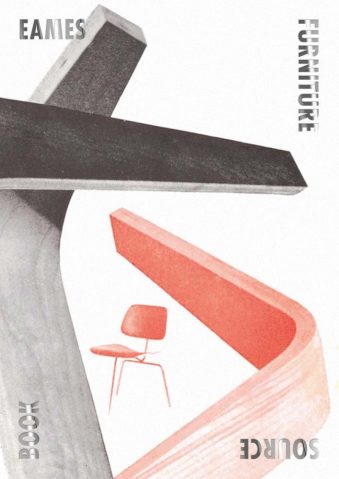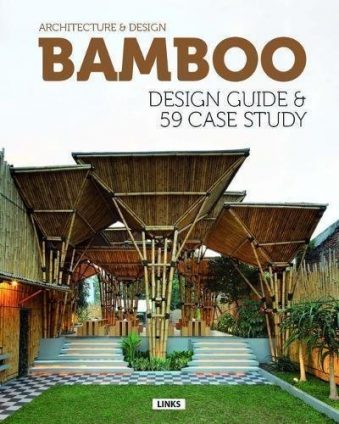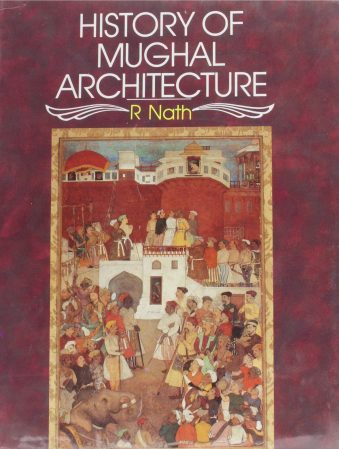- Empty cart.
- Continue Shopping
THE ARCHITECTURE OF INDIAN SULTANATES , HARDCOVER, 2006
₹3,691.00
Publisher : Marg FOUNDATION (1 February 2007)
Language : English
Hardcover : 116 pages
ISBN-10 : 8185026750
ISBN-13 : 9788185026756
1 in stock
The period of the Sultanates is typically defined as beginning with the Ghurid incursions into the plains of north India in the 1190s, and ending with the coming of the Mughals in 1526. Thirty-five sultans ruled from Delhi, and many more in the provinces, effecting the maturation of a style that progressed from an architecture of demolition and recycling to a synthesis of East and West. The role of Delhi as the fountainhead of the Sultanate style is questioned in this volume. Past studies of the period dwelt on Islamic political and material histories, implying that little non-Islamic textual or architectural evidence of note survives. This volume includes analyses of the architecture of the Suris, Delhi under the Tughluqs, Sindh, Narnaul, Jaunpur, Gujarat, Malwa, Bengal, and the Charminar in Hyderabad.
Abha Narain Lambah is a recipient of the Eisenhower Fellowship (2002), Charles Wallace Fellowship (1998), and Sanskriti Award (2002). Her post-graduate thesis on architectural conservation from the School of Planning & Architecture, New Delhi dealt with Tughluq-period monuments. Her architectural practice includes the restoration of 15th-century monuments in Ladakh and Hampi, and 19th-century Victorian buildings in Mumbai. She is the author of several books on conservation.
Alka Patel received her Ph.D. from Harvard University (2000). Among her many scholarly publications is the book Building Communities in Gujarat: Architecture and Society during the 12th through 14th Centuries (2004). Most recently she has been Senior Fellow of the American Institute of Indian Studies (2003-05) and a National Endowment for the Humanities Scholar (2005). She is working toward her second book, The Ghurid Architecture of South Asia and Historiography at the Ends of the Islamic World.




















